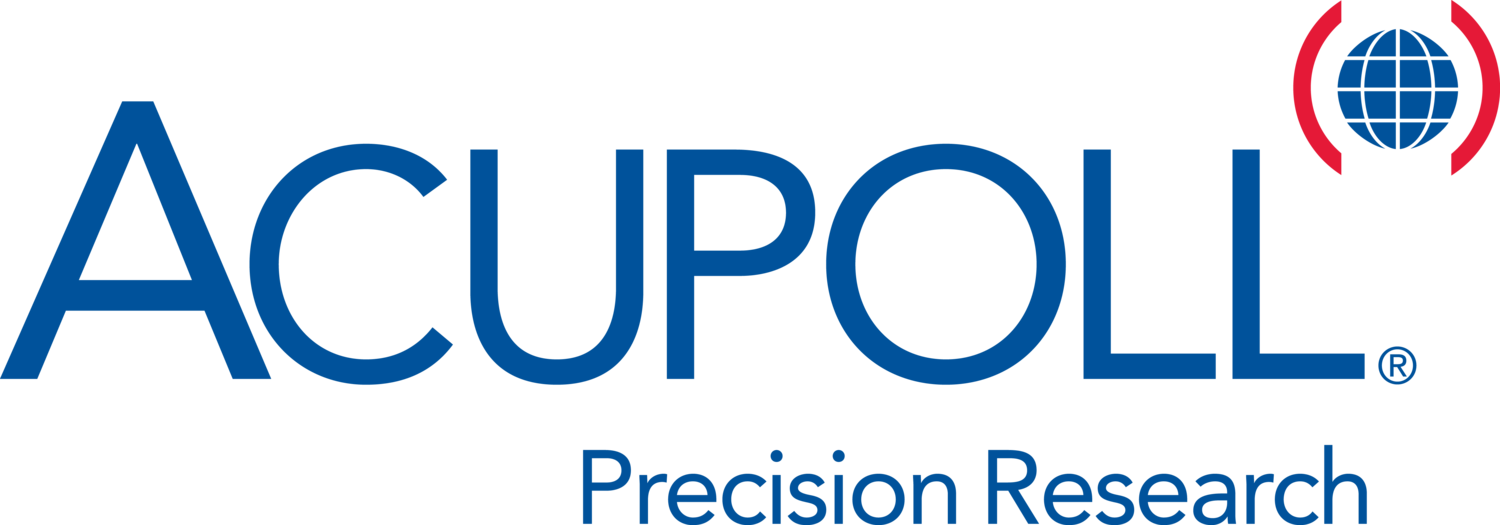Everyone knows the questions are important – but so are the answers! In this head-to-head comparison, we assessed two research scales to see which performs better.
The Contestants
The Competition
Sequential monadic concept test with 3 food concepts
A separate cell using each scale, with a series of forced choice comparison questions at the end
Nationally representative sample of 209 adults 18+
The Results
TWICE as many respondents thought the ACUPOLL Scale was easier to answer, more intuitive, and better captured how they feel.
This wasn’t just consumers’ opinions – they actually completed the survey with the ACUPOLL scale 15% faster!
The Implications
More Accurate Research: The ACUPOLL Scale provides clients with results that consumers indicate better represent their natural and true opinions, without forcing them to choose among labeled answers that often split hairs.
More In Less Time: With 15% faster data collection, your surveys can cover more ground in the same amount of time, with less consumer fatigue.
Better Statistics: Unlike traditional labeled scales where “extremely” is closer to “very” than “very” is to “somewhat,” the ACUPOLL Scale is an equal-interval scale that facilitates more accurate and reliable statistical analysis (correlations, regressions, etc.).
Contact us today to learn more, and find out how we can apply this to give you
Greater Clarity for Better Decisions™!
Additional perspective is below if you’re interested!
The “System 1” Scale: As Nobel Prize-winning psychologist and author of Thinking, Fast and Slow describes, “Our thoughts and actions are routinely guided by [our brain’s] ‘System 1’ and generally are on the mark.”(1) System 1 is the automatic, impulsive, and more emotional side of the brain, as opposed to System 2, which is more effortful, reflective, and has a risk of “over-think.” An easier, more intuitive scale like ACUPOLL’s allows consumers to react more impulsively, consistent with their true feelings, which results in more accurate data for better learning.
Ahead of Our Time: ACUPOLL launched with this scale in 1991. The 0-to-10 pain intensity scale recommended by the National Institute of Health was introduced in 1993.(2) And, Fred Reichheld used this scale when he introduced the Net Promoter Scale in 2003.(3)
Consistent with Better Research Quality: Twice as many consumers also said the ACUPOLL Scale would be “more enjoyable in a long survey.” The Advertising Research Foundation’s Foundations of Quality study concluded, “As Survey Enjoyment increases, so does a respondent’s level of attention and engagement, ultimately affecting data quality.”(4)
Kahneman, D. (2011). Thinking, Fast and Slow. New York, NY: Farrar, Straus and Giroux.
McCaffery, M., & Beebe, A. (1993). Pain: Clinical Manual for Nursing Practice. Baltimore, MD: V.V. Mosby Company.
Reichheld, F. (2003, December). The one number you need to grow. Harvard Business Review, 81(12), 46–54.
Walker, R.W., & Cook, W.A. (2013). You can’t put a price tag on a survey participant’s enjoyment: the latest findings from the ARF’s “foundations of quality” research. Journal of Advertising Research, 53(3), 254–257.


